Free Courses Sale ends Soon, Get It Now


Free Courses Sale ends Soon, Get It Now



Viruses are the smallest of all the microbes. Viruses are not plants, animals, or bacteria, but they are the quintessential parasites of the living kingdoms. They are unique because they are only alive and able to multiply inside the cells of other living things. The cell they multiply in is called the host cell.
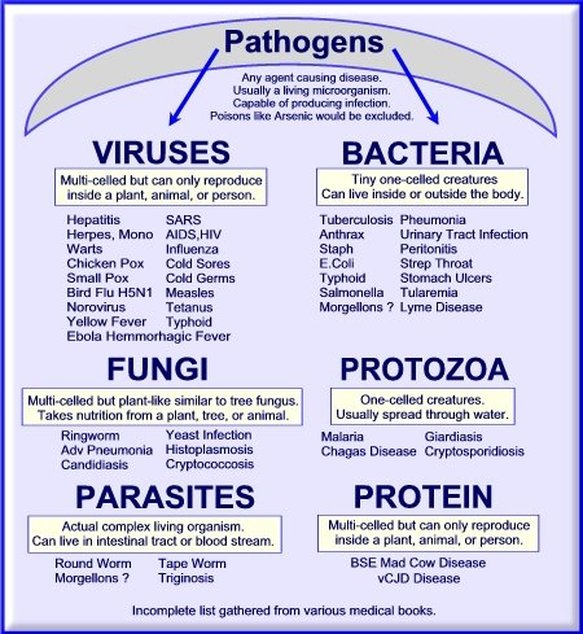
The core of the virus is made up of nucleic acids, which then make up the genetic information in the form of RNA or DNA. The protein layer that surrounds and protects the nucleic acids is called the capsid. Sometimes the capsid is surrounded by an additional spikey coat called the envelope. Viruses are capable of latching onto host cells and getting inside them. When a single virus is in its complete form and has reached full infectivity outside of the cell, it is known as a virion.
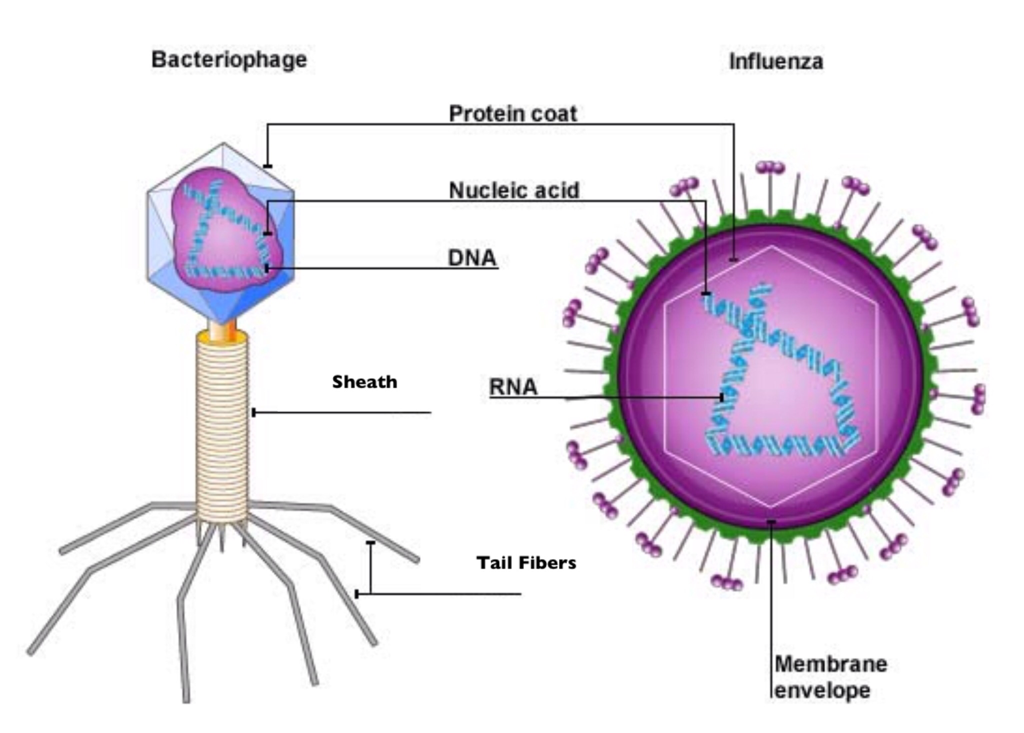
In a nutshell,
Viruses vary in their individual structure, but all viruses contain two structures.
Nucleic acid: DNA or RNA
Capsid: a protein coat that gives a virus its shape. It makes up 95% of the virus.
Other structures a virus could have are:
Envelopes: consist of lipids and are found only in some viruses; it is believed to come from the host cell when the virus exits in the cell.
Tail: viruses that infect bacteria have a tail used for attachment.
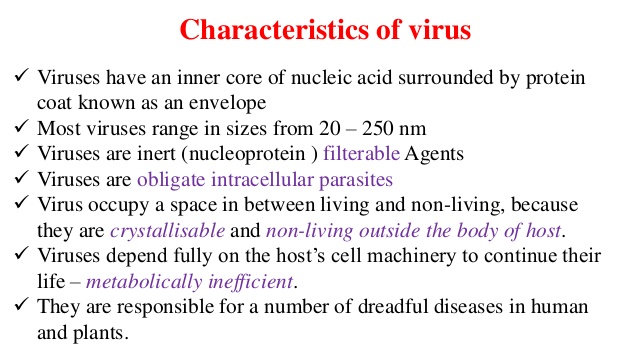
they are also known as icosahedral symmetry virus
Eg. Reo virus, Picorna virus
they are also known as helical symmetry virus
Eg. Paramyxovirus, orthomyxovirus
eg.Bacteriophage

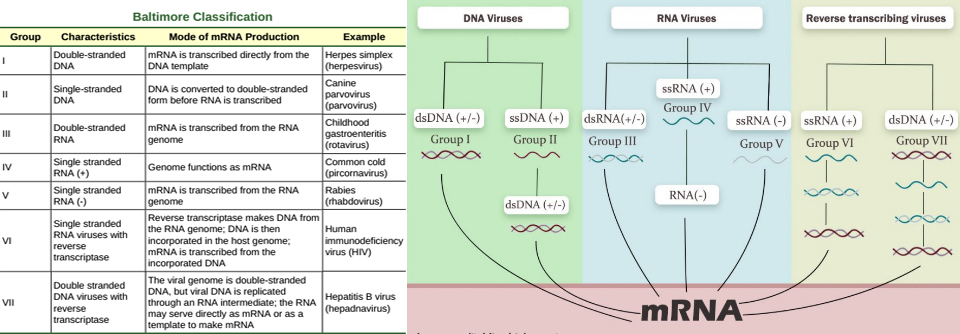
*Coronavirus is a Group IV Virus (+RNA)
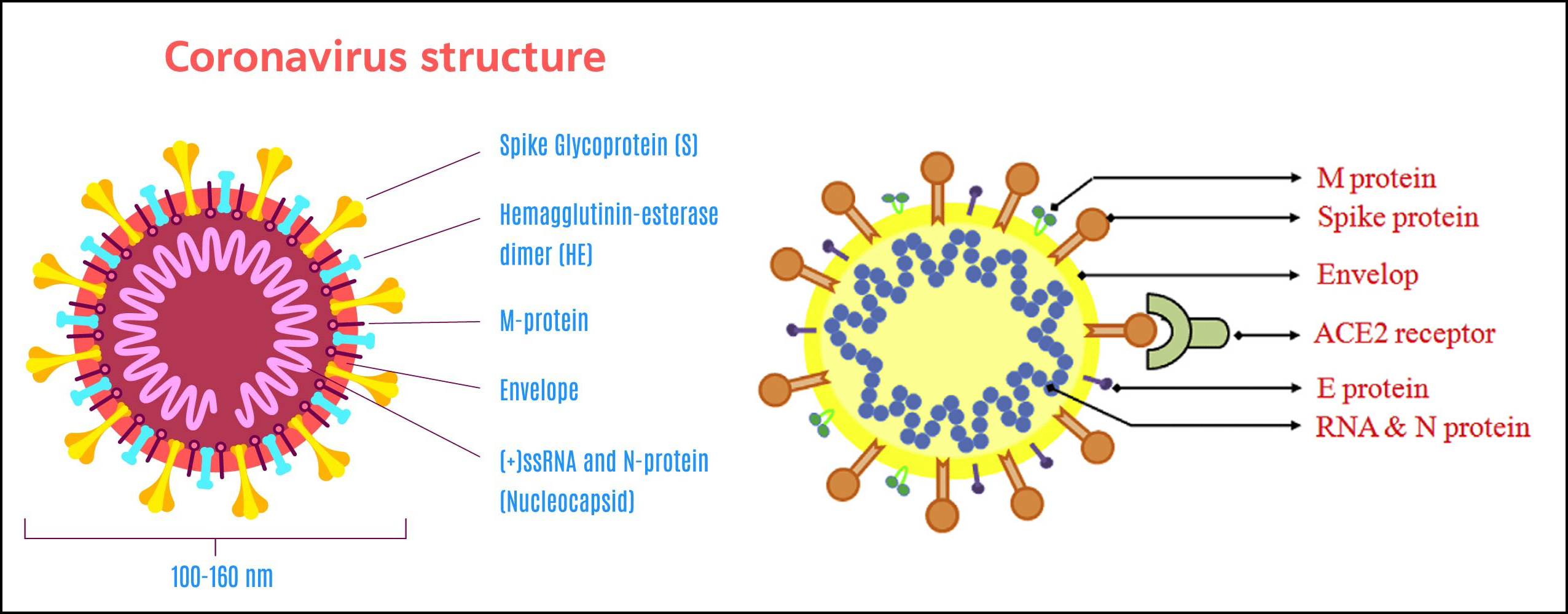
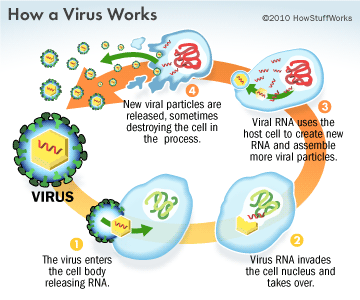
Viruses do not have the mechanisms needed to survive independently and seek out plant, animal, or bacterial host cells where they can use those cells' machinery to replicate.
The virus enters hosts through horizontal or vertical transmission, mostly horizontal. Examples of horizontal transmission include the following:
Once a virus has accessed its host, it recognizes and binds to a specific receptor on the surface of a target cell. One well-studied example is the interaction that occurs between the CCR5 receptor on human T lymphocytes and the gp41 protein present on the surface of the human immunodeficiency virus (HIV).
Once a virus has infected a host cell, it can replicate within that cell thousands of times. Rather than dividing and reproducing in the way that cells do, viruses go through a process called the lytic cycle.
First, the virus replicates its DNA and protein coats, which are then assembled into new virus particles. This causes the host cell to burst or "lyse," which is why the cycle is so-called. The new virus particles that are released once the cell has burst then infect surrounding host cells.
The process can take as little as twelve hours, as is the case with the norovirus, or as long as several days, as is the case with the Ebola virus.
Some complex viruses called phages bind their DNA to that of their host cell or deposit small pieces of their DNA in the cytoplasm. When the cell then divides, the viral DNA is copied into the daughter cells. This cycle, which is called the lysogenic cycle, is less common than the lytic cycle.
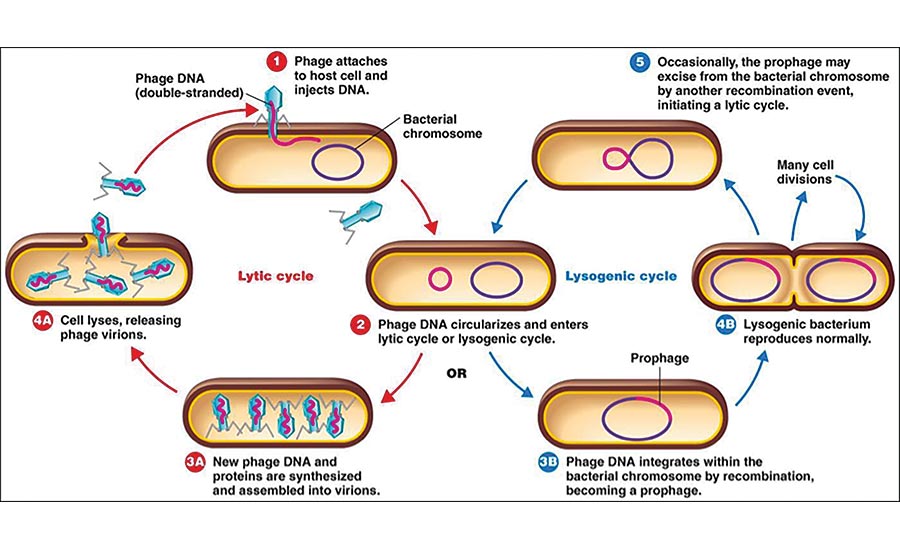
Bacteriophages, often called “phages,” are an abundant type of virus that infect bacteria and other one-cell organisms. They inject their DNA into a host cell, hijacking the host cell to copy their own DNA and make more phages.
Viral diseases are generally grouped into four types on the basis of the symptoms produced in the body organs.

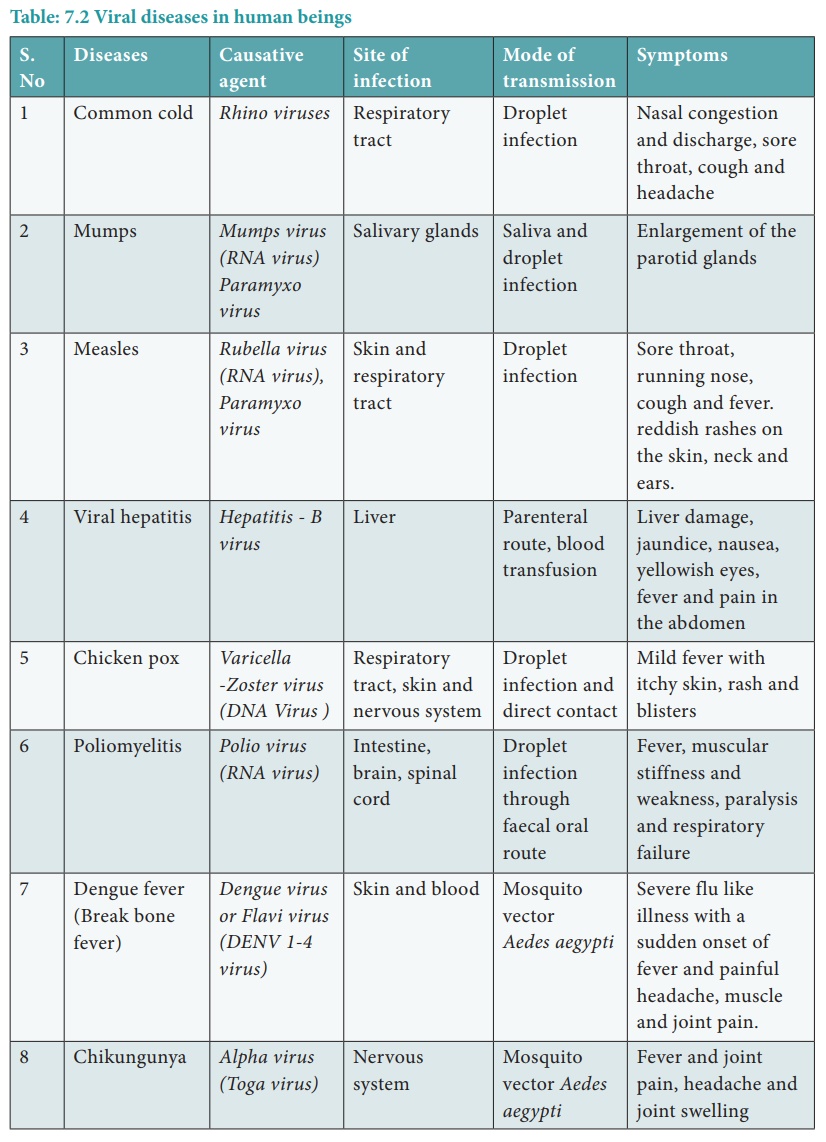
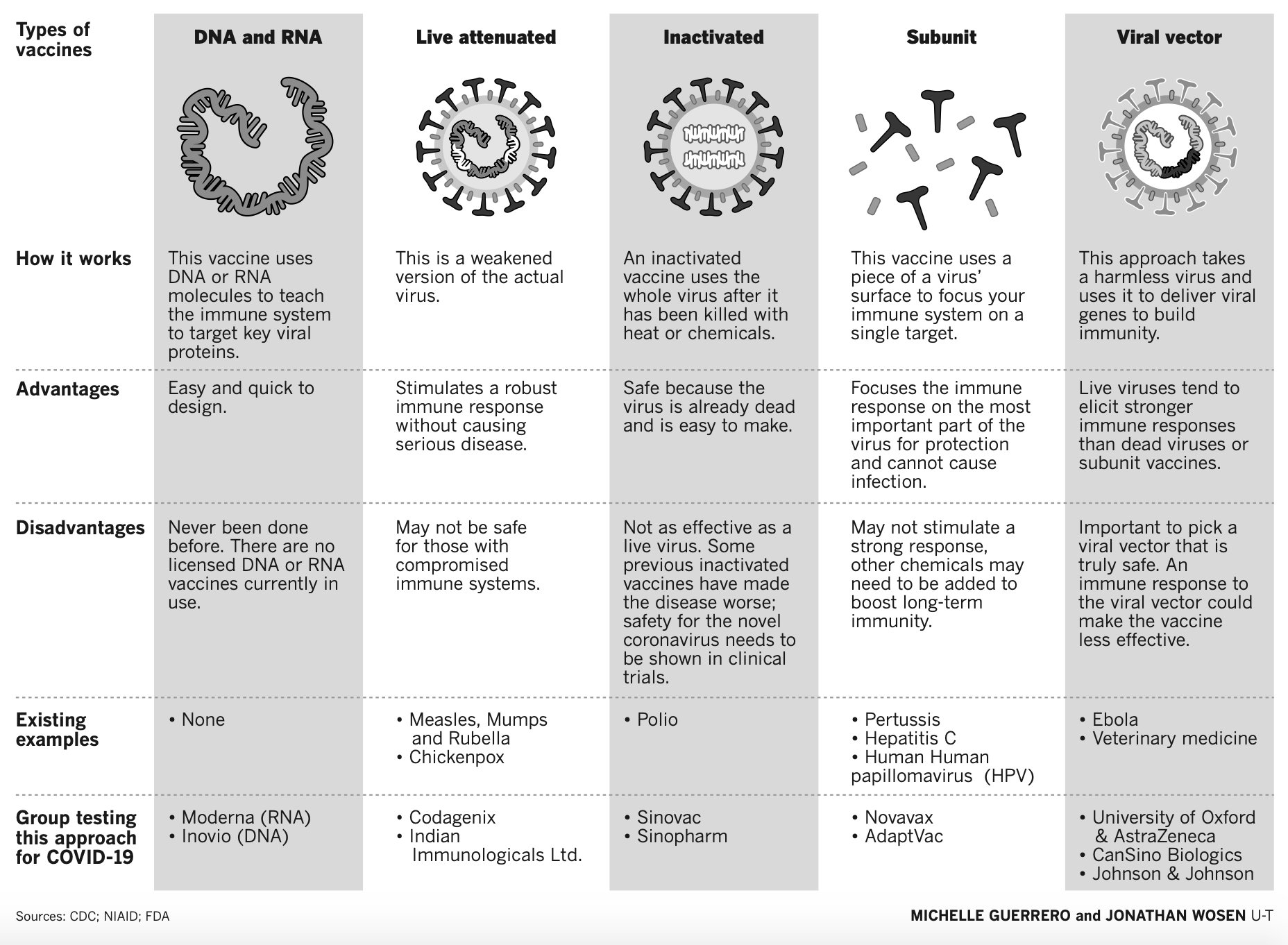
© 2024 iasgyan. All right reserved